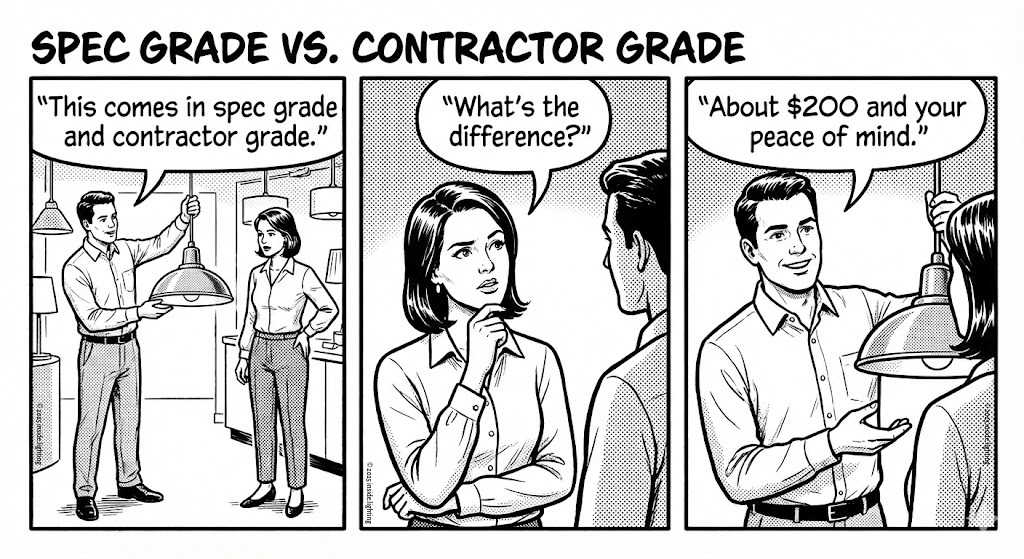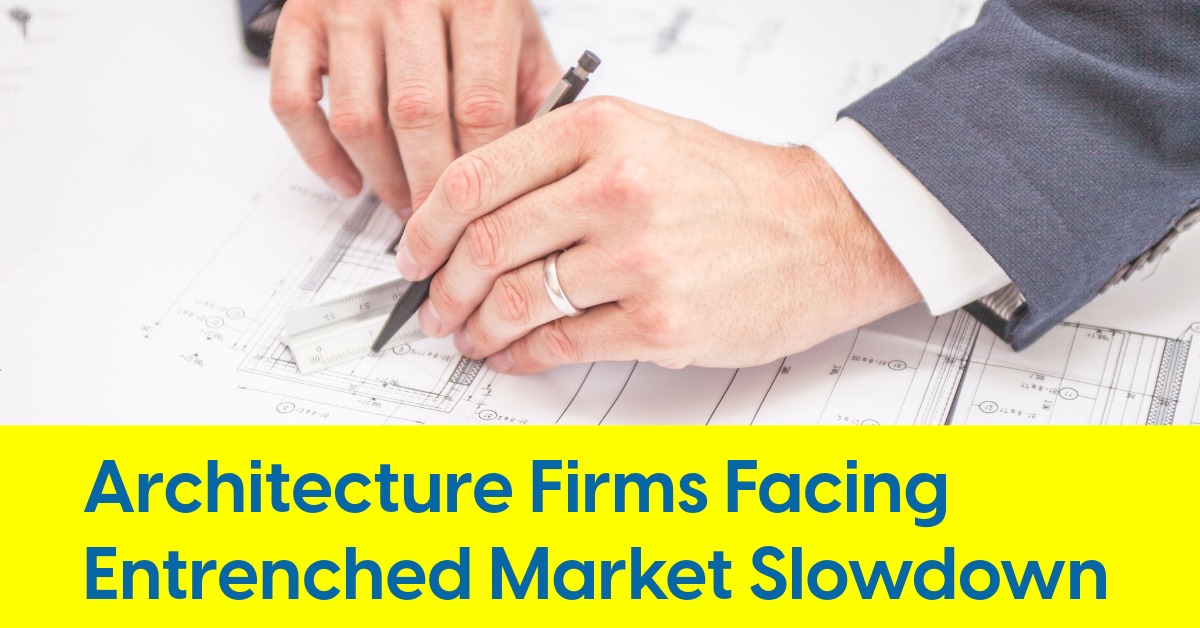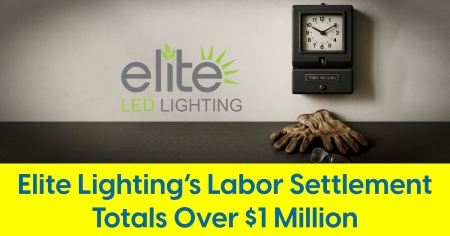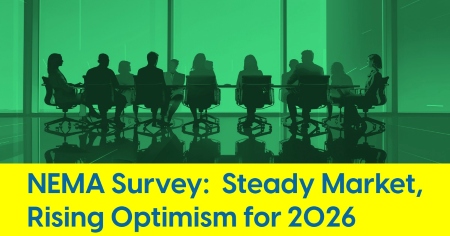October 9, 2025
Construction Planning Climbs 33% Over 2024 YTD Levels
Momentum driven by data centers, healthcare and public building sectors
Nonresidential construction planning continued its upward trajectory in September, with the Dodge Momentum Index (DMI) climbing 3.4% to reach 304.6, according to data from Dodge Construction Network. While more modest than the dramatic surges seen in previous months, this steady growth reflects a maturing market as owners and developers move past the prolonged uncertainty that had kept projects on the sidelines.
Commercial planning led the way with a 4.7% increase, powered primarily by data center activity that continues to dominate the sector. The institutional segment posted a more measured 0.9% gain, with healthcare and public buildings maintaining strong momentum even as education and recreational projects cooled. Notably, 58 projects valued at $100 million or more entered the planning pipeline this month, signaling sustained confidence in major developments despite expectations of future moderation.
The Dodge Momentum Index (DMI) tracks the dollar value of nonresidential building projects as they enter the planning phase, serving as a leading indicator that typically precedes actual construction spending by approximately one year to 18 months. This makes it a valuable tool for forecasting construction industry trends and economic activity.
DMI Growth
Commercial Planning
Institutional Planning
Market Analysis
"Planning momentum remained steadfast for data centers, healthcare, and public buildings throughout September and will correlate to stronger construction spending in early 2027. After a prolonged period of uncertainty, owners and developers are advancing projects into planning, but activity is expected to normalize in future months."
Sector Performance Highlights
Strong Growth Sectors
- Data centers continue to drive commercial momentum
- Retail stores showing renewed activity
- Healthcare facilities maintaining strong growth trajectory
- Public buildings advancing steadily into planning
Moderating Sectors
- Warehouse activity slowing after recent surge
- Traditional office building planning cooling
- Hotel projects experiencing reduced momentum
- Education and recreational planning pulling back
Year-over-Year Performance
Major Projects Entering Planning ($100M+)
Market Context
Data centers remain the dominant force in commercial planning, with their removal from the calculation revealing a more modest 0.5% monthly increase and 44% year-over-year growth. Year-to-date, the DMI is up 33% compared to the same period in 2024, reflecting the market's recovery from previous uncertainty. As projects continue advancing from planning to construction, the industry anticipates normalization in future months while maintaining the strong foundation established throughout 2025.
Data Source: Dodge Construction Network
The DMI is a monthly measure of the value of nonresidential building projects entering the planning stage, which has been shown to lead construction spending for nonresidential buildings by a full year to 18 months.











